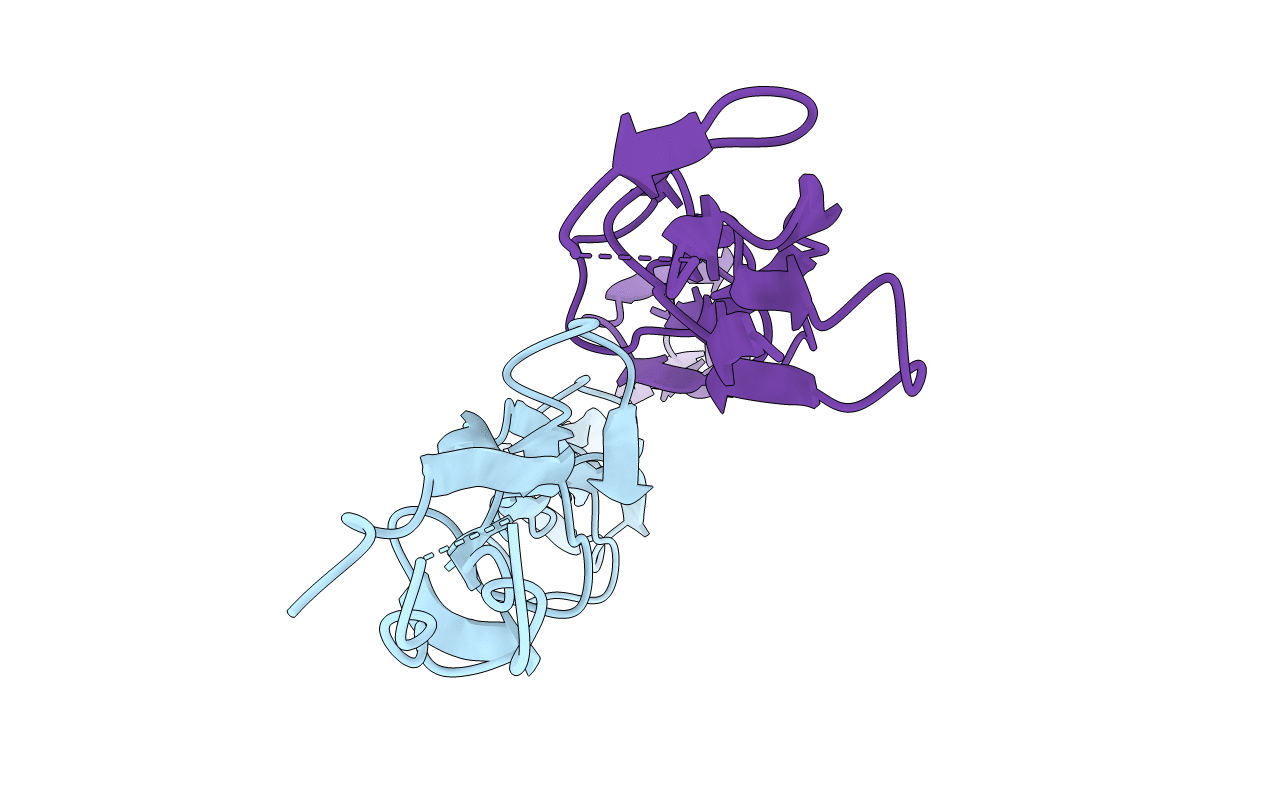
Deposition Date
2016-11-05
Release Date
2016-12-21
Last Version Date
2024-03-06
Entry Detail
PDB ID:
5TU9
Keywords:
Title:
Crystal structure of Staphylococcus epidermidis Aap G58-spacer-G513 (variant G5-spacer-consensus G5)
Biological Source:
Source Organism:
Staphylococcus epidermidis (Taxon ID: 176279)
Host Organism:
Method Details:
Experimental Method:
Resolution:
1.90 Å
R-Value Free:
0.23
R-Value Work:
0.21
R-Value Observed:
0.21
Space Group:
P 21 21 2


